Whether with patients, families or fellow employees, Communicate with H.E.A.R.T.
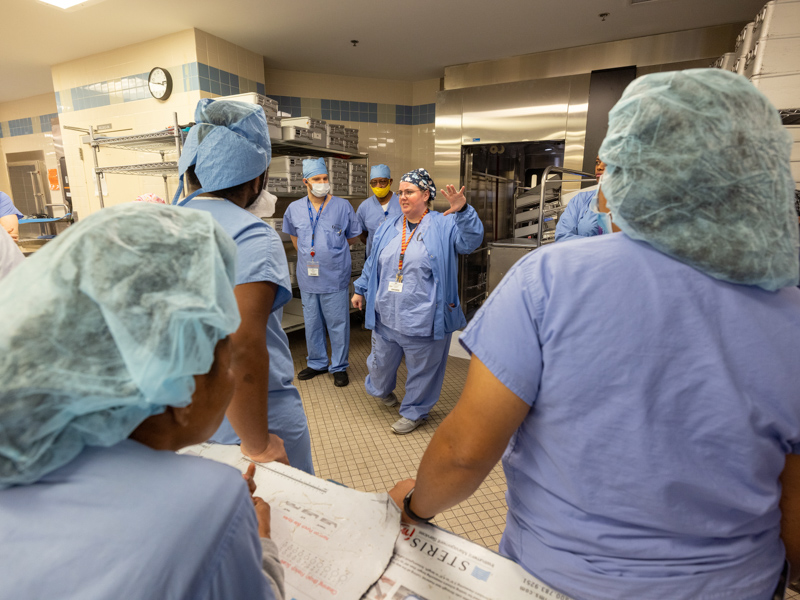
You’re a University of Mississippi Medical Center floor nurse, and the wife of an adult patient is letting you know – loudly – that she’s frustrated with delays in getting him discharged to go home that day.
Your coworker who is always cheery and quick with a joke is uncharacteristically somber. You hear through the grapevine that his mom passed away after a brief battle with cancer.
There are many directions you could take with a response to each scenario, but only one will provide the highest level of service and care for the patient and his family, and for the fellow employee: Communicate with H.E.A.R.T.
That means, when responding to a problem or to someone who is upset, practice in the moment what H.E.A.R.T. stands for: Hear, Empathize, Apologize, Respond and Thank.
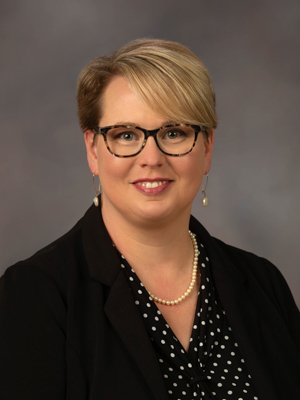
“This is about prioritizing the human connection and getting back to the basics of human relationships,” said Hillary Basden, manager of patient experience programs and leader of Communicate with H.E.A.R.T. training in UMMC’s Office of Patient Experience. “It’s practicing relational medicine, and it’s so much more than being nice to each other.
“It’s how we should talk to every single person we encounter.”
Communicate with H.E.A.R.T., the trademarked program founded at the Cleveland Clinic as its service excellence model, was adopted and rolled out at the Medical Center during summer 2022. In-person training is ongoing for all employees on how to embrace and practice its purpose through verbal and non-verbal communication.

When it’s integrated into a health care organization’s culture, the Cleveland Clinic says, Communicate with H.E.A.R.T. “empowers employees to provide an exceptional patient and employee experience at every point of interaction by helping them to understand that their role in creating positive patient experiences is greater than the tasks associated with their job.”
To do that, employees must be mindful of key tenets:
- In order to actively listen, you must be silent.
- Listen with the intent to understand, not respond.
- Practice W.A.I.T., or Why Am I Talking.
- Attend to verbal and non-verbal cues.
- Reflect and clarify.

“This is about how we are treating each other, and how we are communicating with each other,” said Dr. Jasmine Kency, assistant professor of medicine and Office of Patient Experience medical director.
Making Communication with H.E.A.R.T. part of the Medical Center’s culture was an early goal of the Office of Patient Experience (OPE), which was created in 2017.

“This program was identified through our journey to look at best practices,” said Skye Stoker, OPE director. “Its start was delayed because of the pandemic, but we all agreed at the highest leadership levels that we were going to do this as an organization.
“We want to be one voice for the UMMC community, and to do it at a level of excellence all the time.”
The ongoing, interactive training – employees can sign up for a class in HealthStream – “deals with emotional intelligence,” Stoker said. “It’s a deeper level of customer service training.”

During a recent training, Cadi Thompson-Appleby guided a group of about 40 employees through remembering a positive experience they or a loved one had as a patient. Then, she put the shoe on the other foot: What about a negative experience, one that patients and families often remember instead of a positive experience?
“A hospital is not where they want to be,” Thompson-Appleby, a registered nurse and the Medical Center’s risk management clinical coordinator, said of patients. “We don’t need to add to that by bad communication. We need to avoid adding to their suffering.”
How many employees does the average inpatient interact with every day? With that number being about 100, Thompson-Appleby said, there are lots of opportunities to practice H.E.A.R.T.
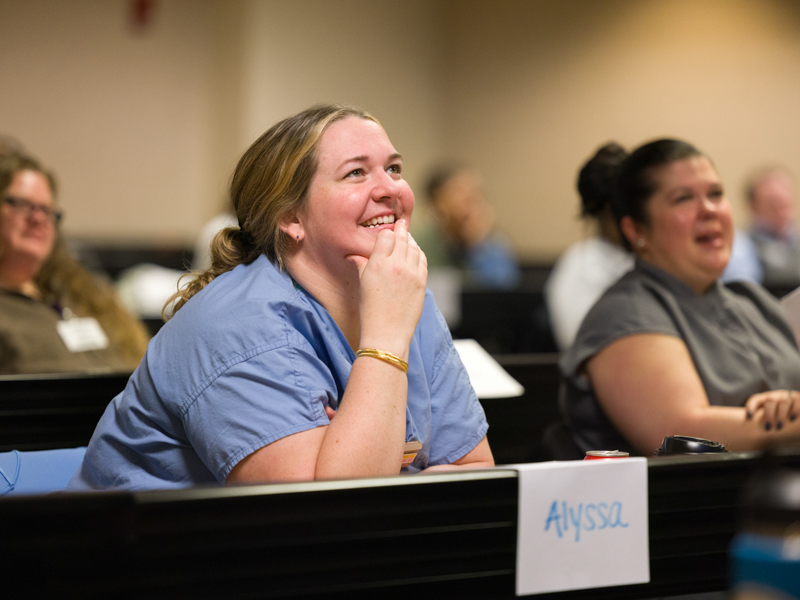
Those at the session shared instances where they or another employee went above and beyond to make a patient comfortable or meet their needs. Acts such as holding a patient’s hand, bringing a struggling patient a treat to eat, or buying a homeless patient clothes out of the employee’s own pocket are part of a culture of kindness ingrained in many UMMC employees.
“Sometimes, even the easiest and simplest conversation can take you a long way,” Thompson-Appleby said. “The patient coming into the hospital should feel the touch of human kindness all through their treatment.”
The Medical Center’s 3,000-plus nurses are always on the front line of Communicate with H.E.A.R.T.
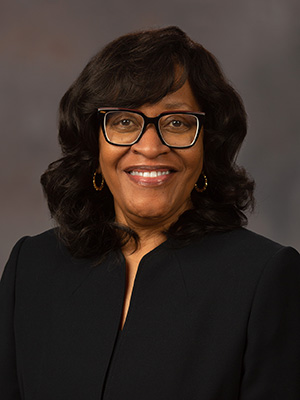
“Hear, empathize, apologize, respond and thank supports a consistent approach to compassionate communication and service recovery,” said Dr. Kris Cherry, UMMC’s chief nursing executive. “Training everyone in the organization speaks to the importance, commitment and expectation to use H.E.A.R.T. skills for every patient, every encounter, every time.”
And even if you don’t have face time with patients, you usually do with your coworkers, no matter where you work, and no matter how you together put patients and families first.
Kim Mekonis, director of Sterile Processing, was the first employee trained in her 44-person department. Few people at UMMC see her staff sterilizing every piece of equipment before it’s used again in Medical Center ORs, clinics and patient rooms, but thousands of people benefit from it every day.
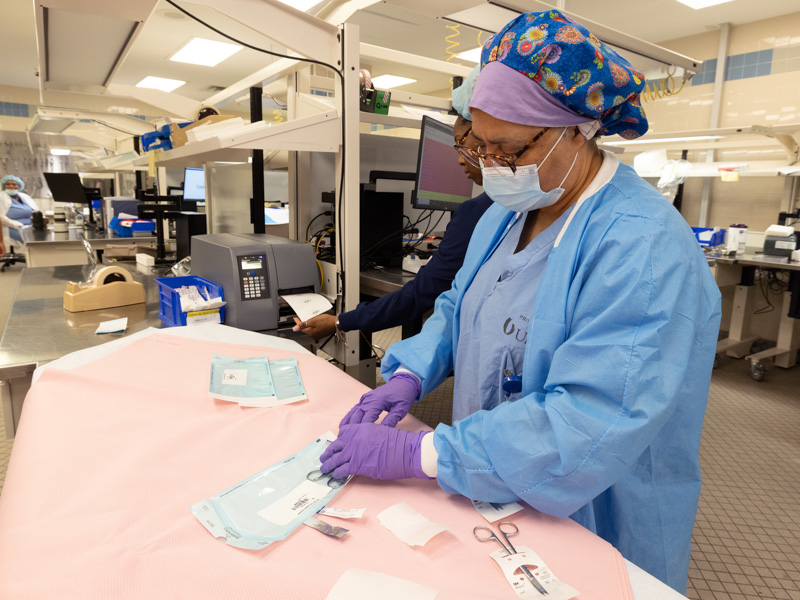
“You have to have a heart for what you’re doing,” Mekonis said of her staff. “You don’t see the patient. Everything you do for the patient is behind the scenes, and they will never know it was you.
“But we have to remember why we do what we do, and that our peers at work are just as important to us as the patient,” Mekonis said. “How we interact every day determines the mood of the department. If we’re all grumpy, we aren’t as patient-oriented as we need to be.”
Training in Communicate with H.E.A.R.T., she said, reminded her employees “to take a moment to see what the other person could be going through.”
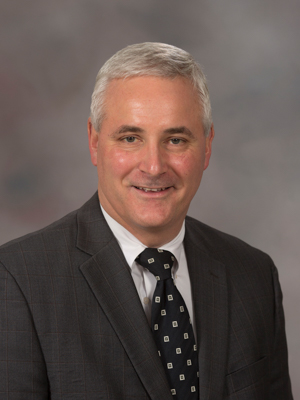
Feedback from the Medical Center family on Communicate with H.E.A.R.T. “has been overwhelmingly positive,” said Britt Crewse, chief executive officer for Adult Hospitals.
“It sets the tone for what our interactions will be with our patients, visitors, loved ones and each other,” he said. “It’s a platform that allows for consistent behavior related to those interactions, and expectations of a health system for when we interact with others.”
OPE’s goal is for all 10,000 Medical Center employees to be trained, Stoker said. “If you haven’t heard about this, you need to be trained,” she said. “We want 67 percent of health system employees to be trained by June 30, and all staff trained by Dec. 31. That would be nearly 9,000 people working for the health system.
“Communication is always our largest opportunity in patient experience,” she said. “This training, and developing and cultivating a culture of service excellence, should drive down the number of formal complaints to the Medical Center and drive up our patient experience scores.”
Communicate with H.E.A.R.T. teaches that your role at the Medical Center is much bigger than your actual job.
“No matter what you do here, your role is to serve patients, families, customers and each other,” Basden said. “We are all the patient experience.”
For more information about how to be trained, contact Hilary Basden at lbasden@umc.edu


